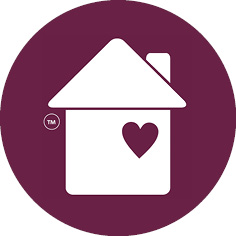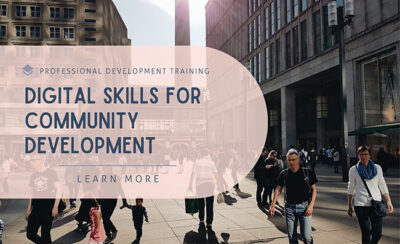A Moment of Reflection...
This course is an example of online content.
- What are the advantages for you of doing this course online right now rather than attending a face to face session?
- How do you see your organisation utilising online content to promote community development principles (social justice, empowerment, active citizenship, human rights, respect for diversity, etc)?
Share your thoughts in the comments section at the bottom of this page.


